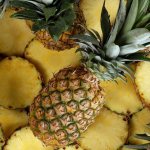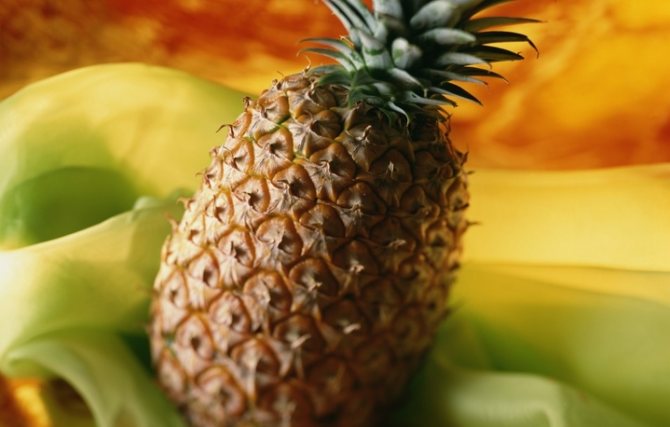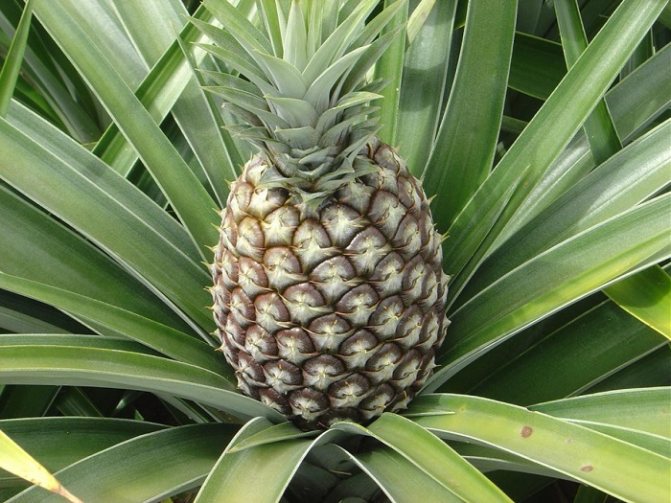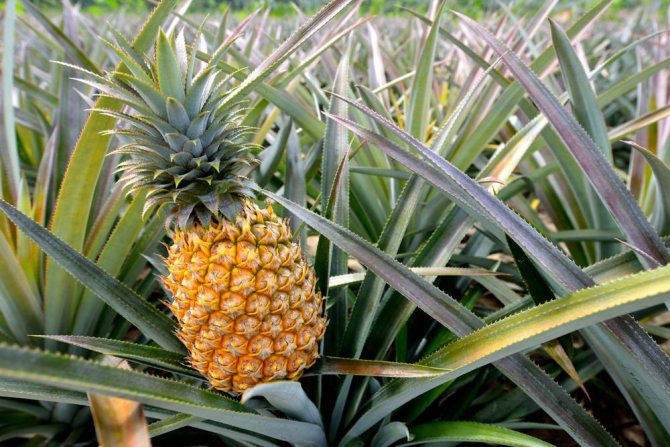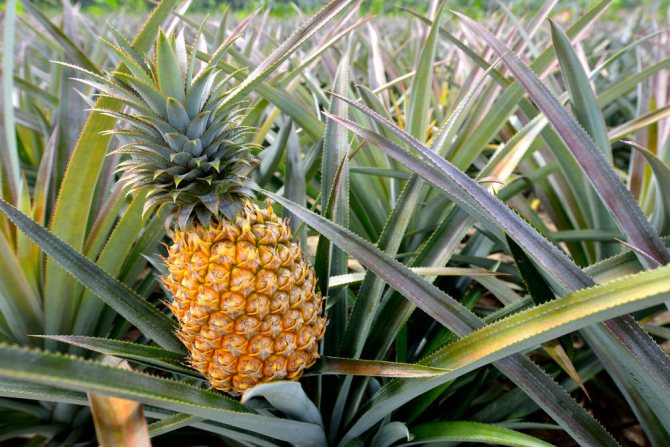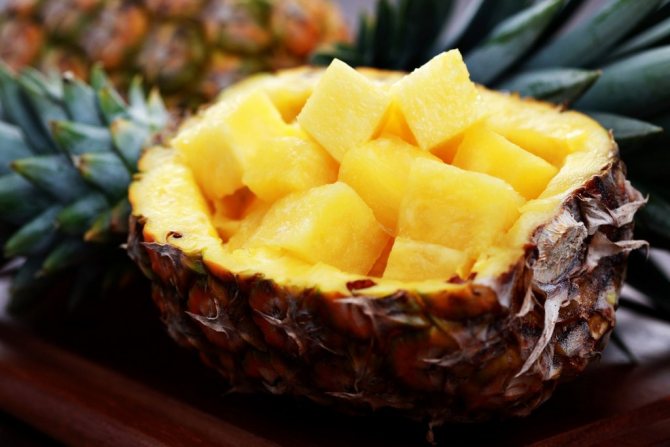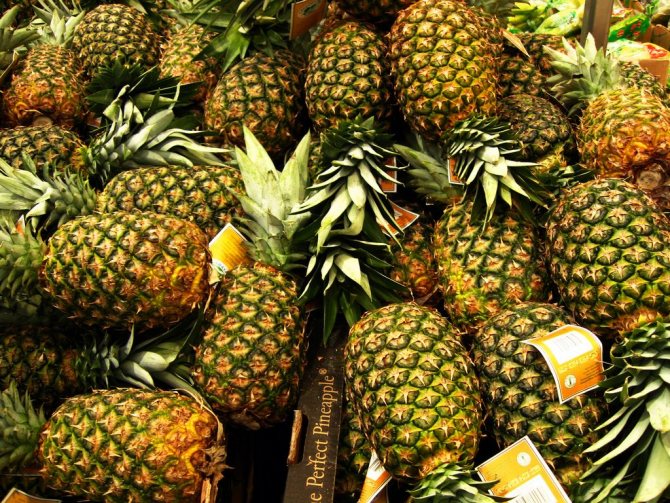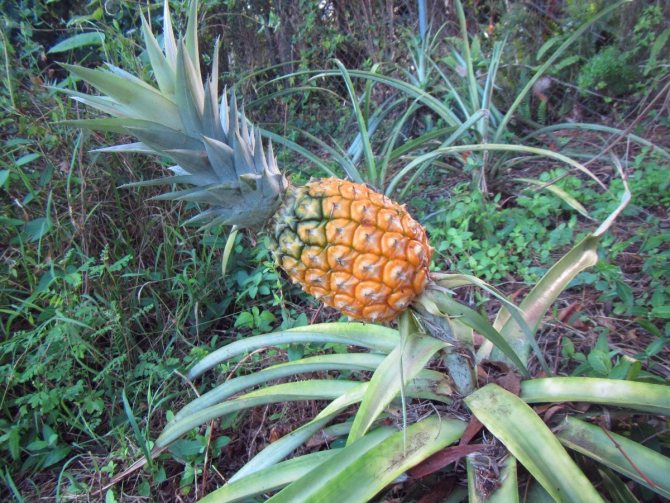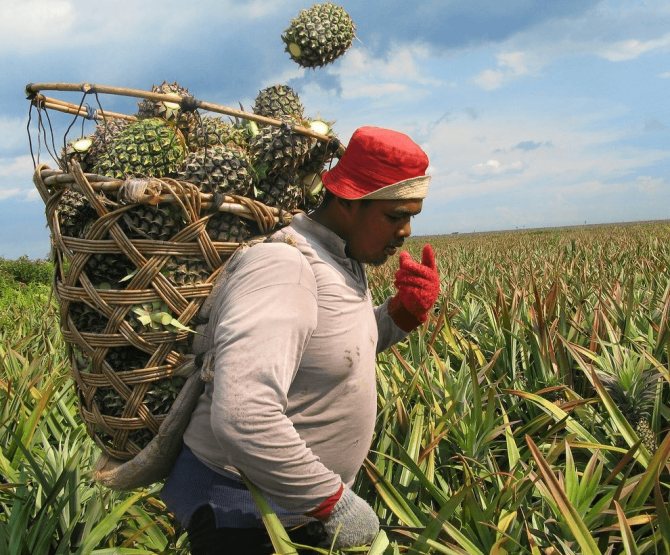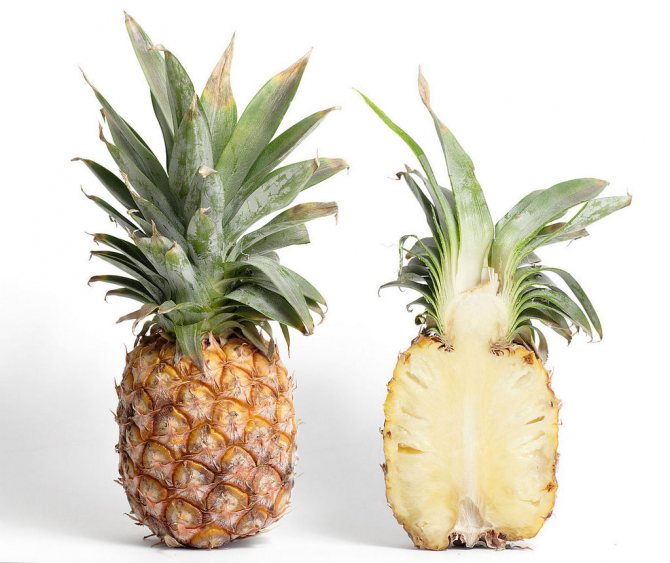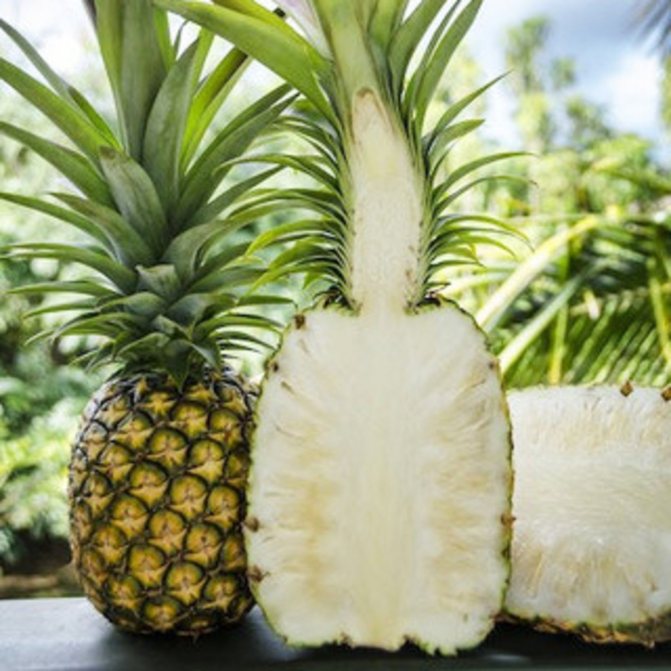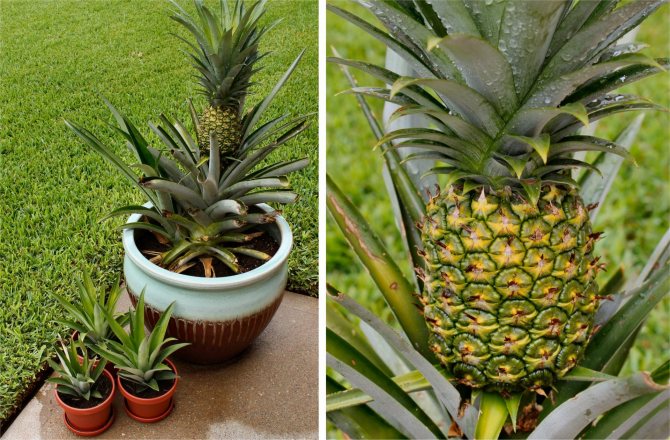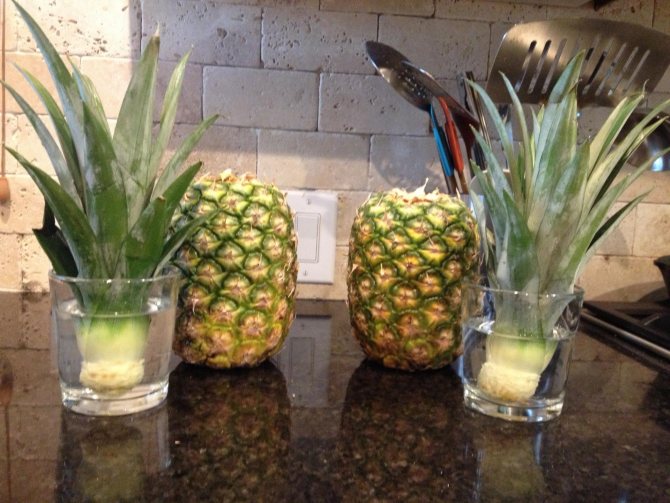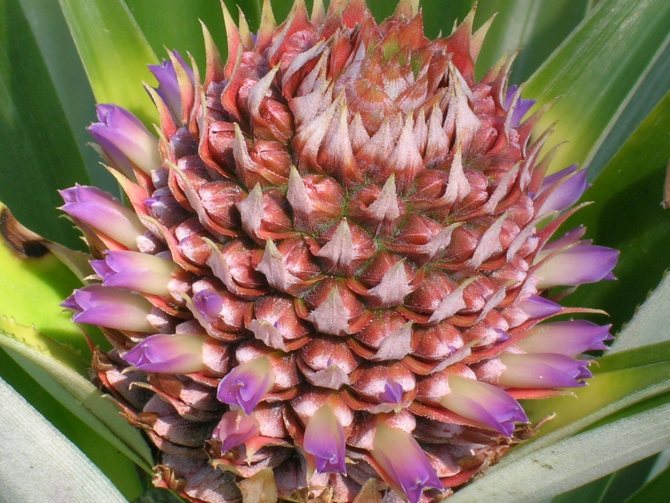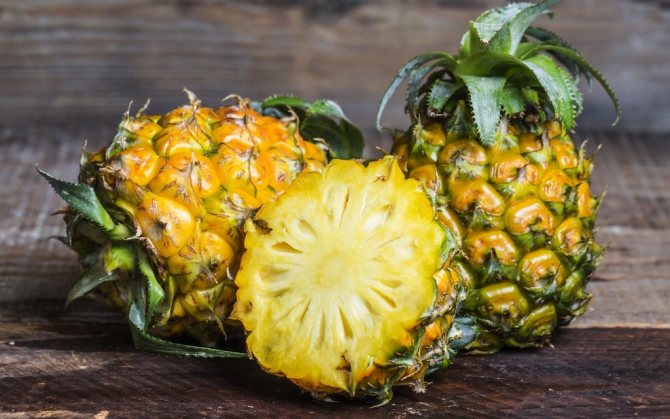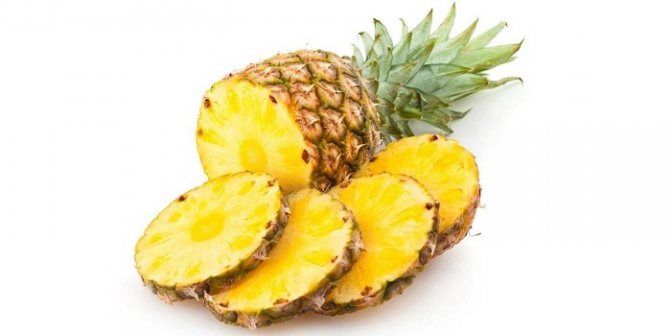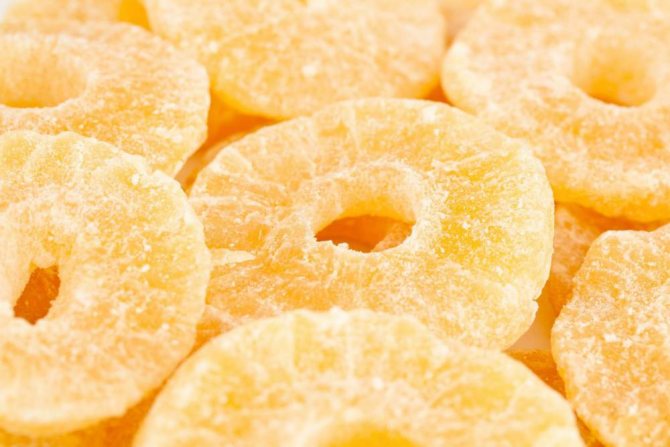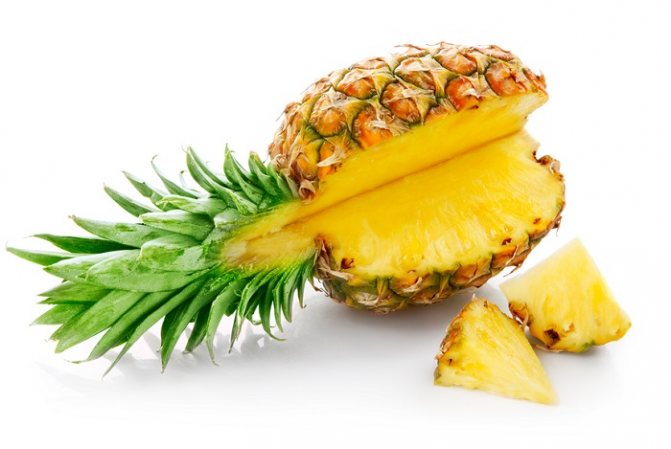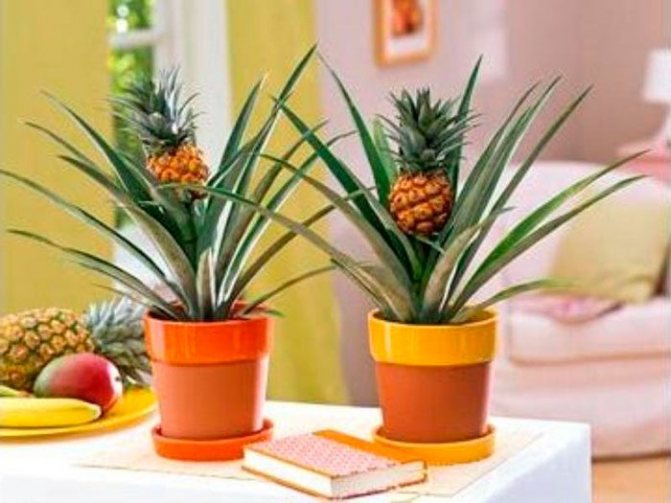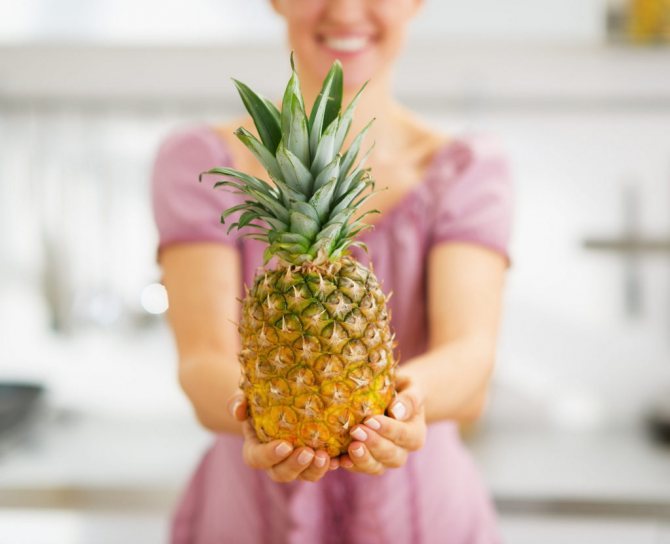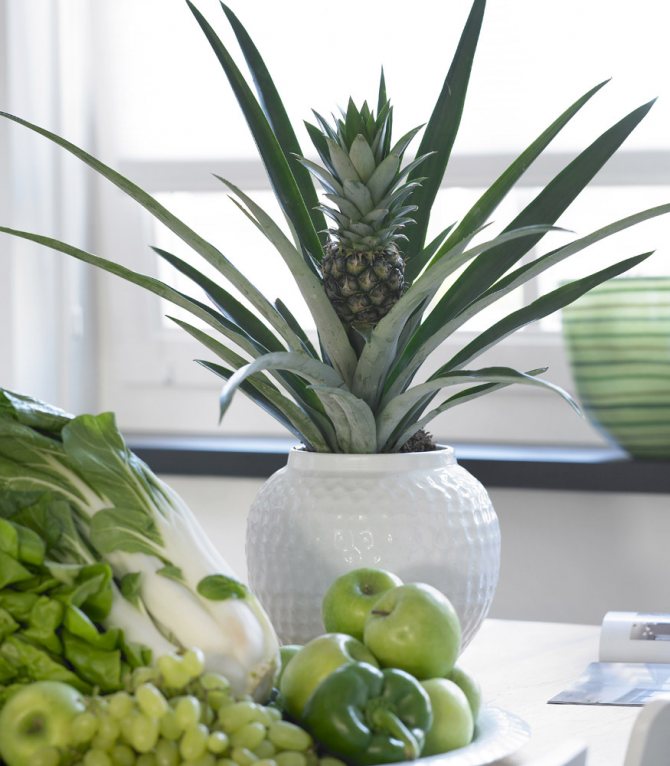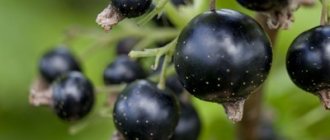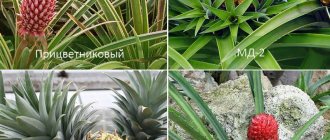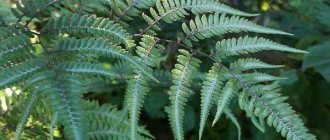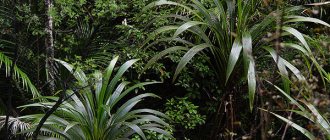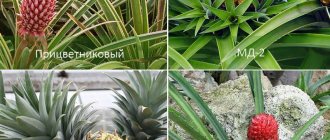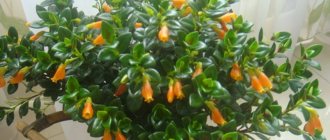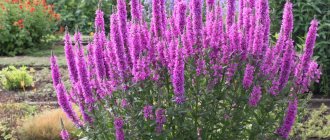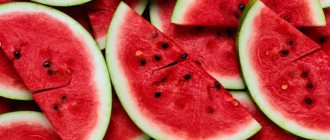Pineapple is a juicy exotic fruit, loved for its taste and unusual appearance. The homeland of this fruit is Brazil, but it is also grown in Mexico, Hawaii, the Philippines, Guinea, Australia and India. In science, the plant is called crested pineapple and real pineapple and belongs to the Bromeliad family.
The plant names are very similar in different languages:
- Malay - sola, nanas;
- Chinese - ungley, kappa-tsiaka;
- English - annanas, pineapple;
- German, Spanish, French - ananas;
- Italian - ananasso.
Christopher Columbus visited the island of Guadeloupe in 1493, where the natives presented him with a pineapple as a sign of respect. The traveler really liked the taste and appearance of the fruit, he brought it to Europe.
Pineapples were cultivated by the Indians who lived in America, many historical documents testify to this. The Indians not only used the fruits for food, but also prepared wine from them, used them in medicine and called pineapple the golden king. In Asian countries, the plant is associated with the tranquility of the tropics and healing power.
A significant role in the distribution of the fruits was played by sailors from Portugal, who in 1502 brought the plant to the island of Saint Helena, located in the Mediterranean Sea, planted it there, and after 50 years began to transport the fruits to the countries of India and Africa. The pineapple was described in detail in 1513 by the representative of Spain, De Oviedo, who came on a visit to South America.
Pineapple came to Europe in the 17th century and took root well only in greenhouses, where a favorable climate was created for the growth of this plant. The first to start growing pineapple in this way were the Dutch. Later, the experience was adopted by other countries, including Russia and Ukraine. Particularly successful in this matter were the British, who called the fruit "pineapple".
Half of the world's pineapple harvest comes from Asia, a particularly popular crop in the following countries:
- Thailand
- Brazil
- Philippines
- India
- China
- Nigeria
Most of the canned pineapple is produced in Hawaii - 60% of the total production in the world. Germany, Canada, France and Singapore are also importers of such a product.

The leaves of the plant are used to make marine tackle, fiber and yarn, from which waterproof, durable clothing, resistant to the effects of sea water, things for children, bags and shoes are sewn.
Many people previously believed that pineapples grow on trees or palms, but this is not the case. Pineapple grows on the ground, namely on bushes. In total, there are 6 species of this plant in the world.
Some interesting facts
- The pulp of the fruit is 86% water;
- Green pineapples cannot be eaten, their use has a strong laxative effect and burns the lips very much;
- When motion sickness in transport, a glass of pineapple juice will help get rid of discomfort;
- The tropical fruit is used for the production of fabrics due to the strength of the leaf fibers;
- Pineapples are harvested by hand, despite the fact that they are very prickly.
- This fruit can be easily grown at home;
- Pineapple is depicted on the coats of arms of Jamaica, Barbuda and Antigua;
- The fruits of this exotic plant ripen for 3 years;
- Pineapple is not one, but many small fruits that have grown together;
- In 1994, in Papua New Guinea, a planter raised a giant pineapple weighing 8 kg.
How to choose the right one?
To know how to choose the right pineapple, you need to remember a few tips:
- Examine the fruit and leaves, which are easily removed from the ripe fruit.
- Determine the correspondence between weight and size. Very light will be less sweet.
- If spots are seen outside, then this indicates overripe.
- The skin should be strong to the touch, but not hard - such a fruit has not yet ripened. Too soft skin indicates the onset of decay.
- Sweeter flesh in varieties with a thorny crown.
- The lack of smell is a sign of immaturity, a strong aroma is an overripe fruit, the smell of ripe pulp is unobtrusive light.
back to menu ↑
Description
After a long debate, scientists nevertheless came to the conclusion that pineapple is a herb or simply a herb, but not a fruit, as people used to call it. Pineapple bushes with long thorny leaves accumulate moisture in themselves, like a cactus. The length of the leaves can be up to 100 cm, in some species of this plant they grow up to 2 meters. The pineapple bush bears fruit twice, after it is uprooted and a new one is planted.
Pineapple flowers accrete, form one large inflorescence. They are dismissed at 10 a day, alternately. The total flowering time lasts 3 weeks, then a small fruit begins to develop from each flower. They all grow together to form a pineapple fruit. One ripe fruit weighs about 2 kg. Pineapple pulp is fibrous and very juicy, yellow in color with white splashes. This fruit tastes sweet and sour. Pineapple plantations exist for 4-6 years and give up to 3 harvests, after which the shrubs are uprooted and new ones are planted in their place.


And sow a day pineapple is a difficult plant to grow, ripens slowly, and is highly sensitive to temperature, especially if it falls below 19 degrees. Then the fruits simply stop ripening. Before harvesting, planters take sugar samples and thus determine whether the fruits are ripe or not. The collection is carried out in special costumes made of dense fabric, because pineapple is very prickly.
Views
This plant has a large species and varietal diversity, which differ in size, color, taste. Today the classification of plants includes 6 types of pineapple. Their brief description is given below.
Ananas ananassoides
This is a representative of a wild species, grows in the forest or savannah areas of Paraguay, Brazil, Venezuela. Its specific feature is that the plant does not have stems, the leaves are more than 2 meters, and up to 100 centimeters high. Inflorescences are painted in red tones. The shape of the seed is round or slightly elongated. The fruit contains small brownish seeds.
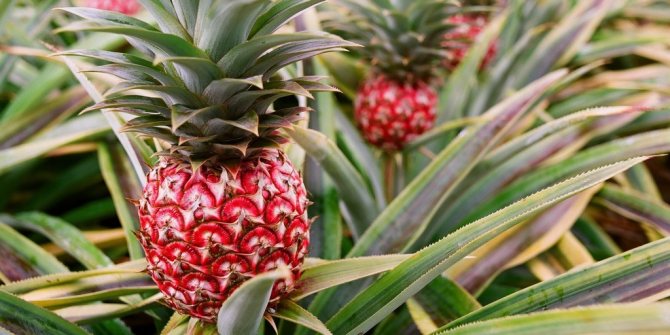

pineapple farm
Ananas bracteatus
Ananas bracteatus (or bracts) has a beautiful appearance. Leaves about 1 meter long have a variegated color: against a green background, there are pale yellow or whitish stripes on the sides. Under the influence of sunlight, the deciduous mass burns out and becomes pinkish-red. One of the varieties that has stripes of three colors on the leaves is especially popular in home floriculture, for which it was named tricolor
Ananas comosus
Ananas comosus (crested or large-crested) is considered valuable and is cultivated in many tropical areas. The length of the plant together with the foliage is up to one and a half meters. The leaves are greenish-gray (30-100 cm), there are more than 30 of them in one rosette. The inflorescences are in the form of spikelets, arranged in a spiral. The fruit is made up of a mix of 200 flowers. Their colors are varied - from pinkish-red tones to lilac-purple. The crown of the yellow fruit is decorated with a rosette of narrow leaves with prickly edges. Ripening occurs within 5 months. Grows in Paraguay and Brazil.
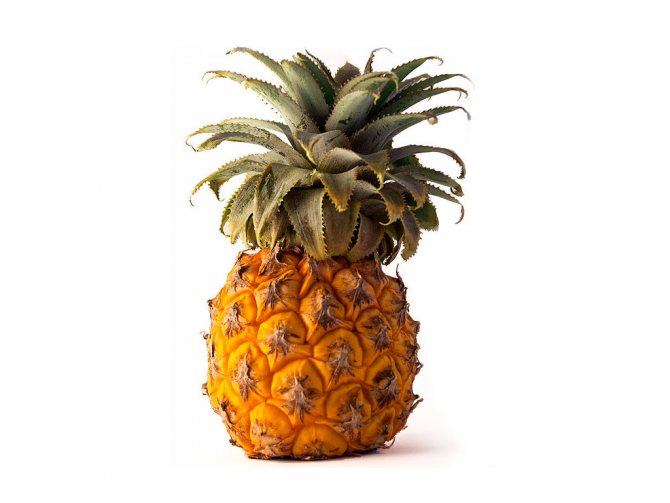

Ananas lucidus
Ananas lucidus (or lustrous) is so named for the shiny foliage that does not have spiny projections at the edges. The color of the leaves is based on the contrast of red-brown and green. The flowers are purple. Fruits are small, up to 12 cm high. The content of the fruit is highly fibrous, which is why it is inedible.
Ananas parguazensis
The Parghvazen species is rare. Growth area - Guyana, Colombia, Venezuela. The fruits are very small, with lovely soft foliage sultans at the tops. Not grown for commerce.
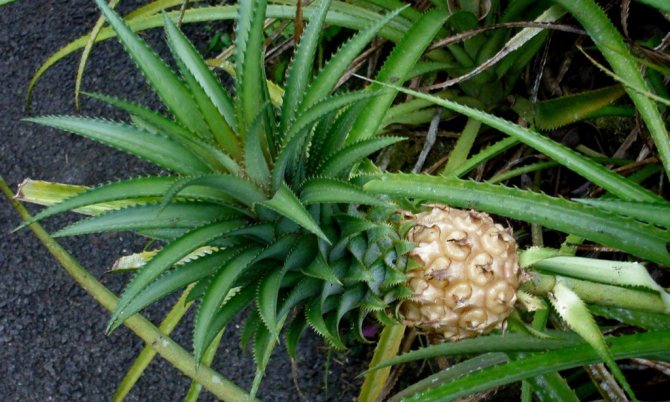

Ananas sagenaria
An excellent view, often used in decorative floriculture. Its inflorescences are very similar to crested, but surpasses its foliage length, which exceeds 2 m. Fruits are eaten, but have a sour taste due to the small amount of sugar. This variety makes good wine, and the fibrous leaves are suitable for making rugs, hammocks and other products. It grows in Brazil, Bolivia, Ecuador, Argentina, Paraguay.
back to menu ↑
Growing at home
It is quite easy to grow pineapple at home. To do this, you need the top of the fruit with leaves, which is cut off or carefully unscrewed. First, the tuft is left to lie in the air, then after a few days it is placed in a container with water, which must be changed every day until the roots appear. A tuft with roots is planted in a pot with drainage. As a soil, soil or a special mixture for growing orchids, sand and peat are suitable.


Pineapples are very fond of light and you need to keep the pot with the plant on the windowsill, on the south side. In winter, when there is a lack of light, the plant is provided with additional illumination for 8-10 hours using a fluorescent lamp.
Pour the pineapple with settled or boiled water at a temperature of 35 degrees. It is useful to spray the leaves 2 times a week if the air in the room is dry.
Region of origin and distribution
The pineapple fruit is native to Latin America. And what is the name of the area from which it began to spread? It is a plateau called Mato Grosso, on the border of Brazil and Paraguay.
Today this exotic fruit is cultivated in tropical and subtropical regions of different countries: Brazil; Vietnam, Philippines, China, Cuba, Hawaii, Taiwan, Mexico, Zaire.
Various types of edible and decorative pineapples are grown in many other countries with warm climates and are delivered to all corners of the world.
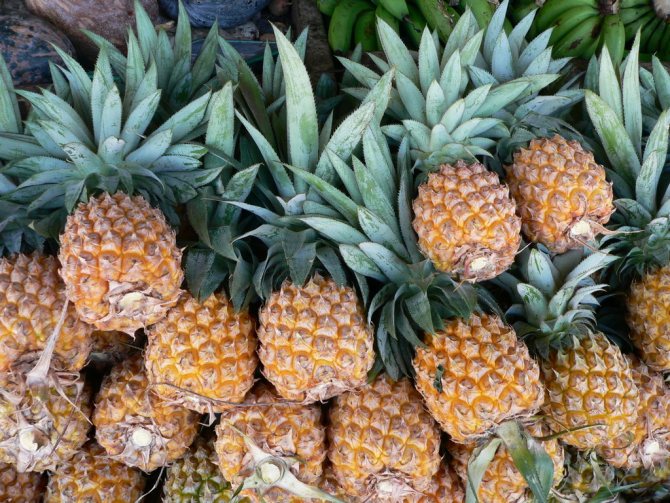

back to menu ↑
The most expensive pineapple
In Britain, a breeder was able to grow pineapple, which cost several times the standard price for the fruit of this plant - £ 10,000.
Such a high cost of pineapple was not so much because of the peculiarities of the taste of the fruit, but because of the money spent and effort in growing. Pineapple grew in a special greenhouse with a 40-foot long trench. Fertilized the plant with a lot of manure and urine. As a result, a very sweet and rather large pineapple has grown. But the breeders did not dare to sell the fruit, and froze it for the next generation.
Pineapple is an amazing exotic fruit rich in vitamins and minerals. Eat it with pleasure and safely include it in the menu when losing weight, so that the body does not suffer from a lack of nutrients during the diet. Be sure to watch a helpful video on how to choose the right ripe delicious pineapple and cut it right.
Useful properties and contraindications of Pineapple. Recommendations for pregnant women, lactating women and for weight loss
Pineapple can both cure and cripple. Let's take a look at all of its properties.
About the beneficial properties of Pineapple
Pineapple has a positive effect on the entire digestive system, performs intestinal sanitation, thins the blood (reduces the likelihood of thrombosis and thrombophlebitis), reduces edema, and facilitates the work of the heart and kidneys. The chemical elements that make up pineapple affect the synthesis of serotonin in the body, which in turn improves mood and mutes hunger.
Sanitation - cleansing from harmful and pathogenic microorganisms that interfere with the proper functioning of the organ.
Caution acid!
The fruit is acidic.Its frequent use destroys tooth enamel, and may be contraindicated for people with hypersensitive teeth. It will be helpful to rinse the mouth area to remove active substances.
Bromelain and Papain, what are these chemicals?
Papain and bromelain (bromelain), which are part of Pineapple (mainly in the outer shell), are chemicals that break down proteins, therefore, pineapple is prohibited for use in acute diseases of the digestive system. On the contrary, for a healthy body, it helps the assimilation of decomposed proteins and fats, making it easier for the pancreas.
It is worth noting that pineapple promotes the absorption of fats, and not their breakdown, therefore, as a product for weight loss, it is not suitable.
Vitamin cocktail
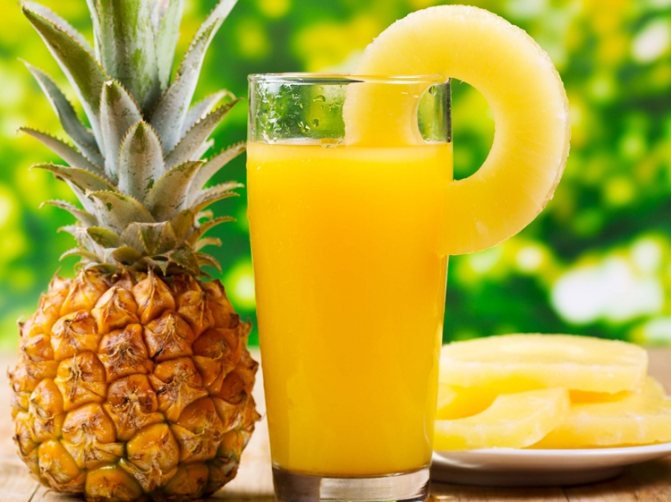

Pineapple is distinguished by the presence of vitamins A, B, C, group of PP vitamins, microelements thiamine (B1), pyridoxine (B6), riboflavin (B2), pectin, minerals. Contrary to misconception, vitamin B12 is missing from pineapple.
B1 - Normalizes carbohydrate metabolism, intestines, central nervous system (CNS), vascular activity. B2 - Regulates protein metabolism. Improves the liver, nervous system, nourishes nails, skin and hair. B6 - Promotes the absorption of proteins, fats and amino acids. It has a positive effect on immunity, the central nervous system, promotes the health of teeth and gums.
Vitamins A, C are good antioxidants that bind free radicals that are excessively present in the body.
Too much free radicals are harmful to the body because, trying to fill the lack of their electrons, they take them away from healthy cells of the body. Thus, the cellular structure is disrupted, this leads to a general rapid aging of the body. By disrupting the ability of cells to correctly transmit hereditary information to cells newly appearing in the body.
Beneficial features
Due to vitamins C and B, pineapple has an anti-inflammatory effect on human organs, in particular, relieves swelling from muscles and joints, facilitates the course of diseases such as tonsillitis and pneumonia.
Pineapple juice has a beneficial effect on human memory, it is recommended for people with constant mental stress. The risk of cancer is reduced by 65%. Also, the constant use of juice cleanses the blood vessels in the body and is a good way to prevent diseases such as stroke, cardiovascular diseases, atherosclerosis, high blood pressure.
In cosmetology, due to the antibacterial and anti-inflammatory effect, it is used to combat acne, it also reduces the oily skin, accordingly evens out its color and reduces the oily sheen.
Chemical composition and calorie content
Three large substances in pineapple: water> 80%, ~ 5-6% sugar, and a fraction of a percent citric acid. The minerals release magnesium and potassium, which are essential for the proper functioning of the heart and kidneys. Energy value of pulp 52kcal / 100g, juice 48kcal / 100g. Fiber makes pineapple satiety, and dietary coarse insoluble fiber greatly facilitates the work of the digestive system.
The recommended daily intake of pineapple is 200 g of pulp / 200 ml of juice.
During pregnancy
Use with caution. Specific substances in immature fetuses can lead to premature birth due to uterine contractions. The daily intake of pineapples should be halved.
While breastfeeding
Once a baby is born, no one can tell with certainty whether they have a food allergy or not. Therefore, a breastfeeding mother is strongly advised to adhere to a strict diet in the first month of a baby's life and completely exclude a number of highly allergenic foods from the diet, including pineapple. This does not mean that you will have to give up your favorite delicacy for a long time: the mother's diet will expand.However, it is worth remembering that a new product must be introduced every 3 days in order to check the allergic reaction in the crumbs.


Mothers whose babies have food allergies will have to give up pineapples while breastfeeding.
You can serve Pineapple to the table in any form
It can be eaten raw, in the form of freshly squeezed and reconstituted juice, thermally processed, canned, frozen, in salads, first and second courses.
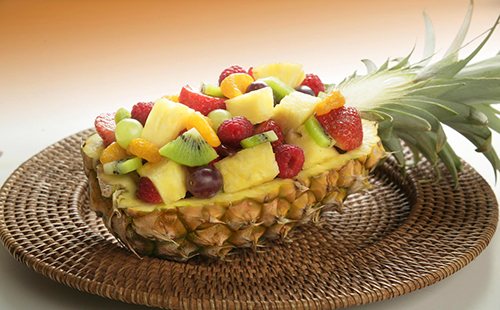

It can also be processed into fabric thanks to its strong spinning fibers.
Growth features
Pineapple is a perennial plant. In the first months after planting, it actively builds up its green mass, forming a large "rosette" of leaves. Its trunk grows upward and thickens, leaves thicken. Despite the apparent rigidity, inside the leaves of the plant are very juicy. This is due to the fact that in the places where the plant grows, there is often a deficiency of moisture. This explains the peculiarity of the structure of the leaf plates - they look like grooves along which rainwater flows down to the stem and roots of the bush. Leaves retain moisture in order to nourish the plant and help it survive dry periods.
In what conditions does it grow?
Growing exotic fruits is possible only in the tropics, as pineapples grow in a climate with a constant temperature of 25 degrees. It can do without water for a long time, but without heat and sunlight, it will quickly wither and die. Therefore, pineapple cultivation requires a special climate. If growing in a greenhouse environment, it is imperative to maintain a constant high temperature and diffused light in the greenhouse.
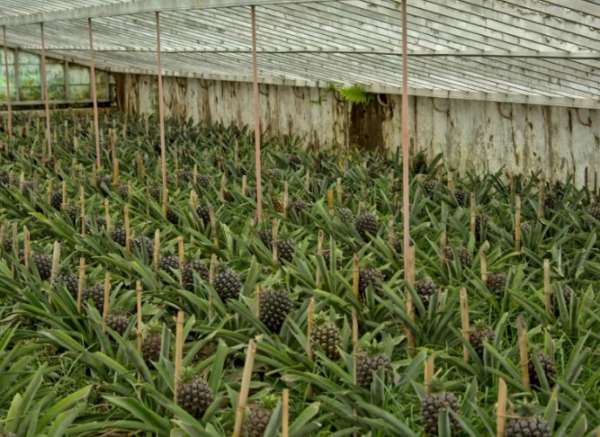

In which countries is it growing?
Pineapple grows in the tropics, and it can be found in all tropical countries of the world. In terms of the scale of cultivation, pineapple ranks third among all tropical fruits. No country with suitable climatic conditions would want to miss the opportunity to make money on the cultivation of such a demanded product. The largest pineapple producers are Brazil, Thailand, Taiwan, Philippines, India, Costa Rica.
How to store it correctly?
If the fruit is not quite ripe, then it can lie without a refrigerator for a couple of days to ripen. A longer period will lead to deterioration.
Whole
Whole fruit can be refrigerated for about 12 days. During storage, wrap in paper or a bag with holes and turn up to 2 times a day.
Cut
How to store the fruit if you cut the pineapple? In this case, the options are as follows: in the freezer in an airtight container or canned.
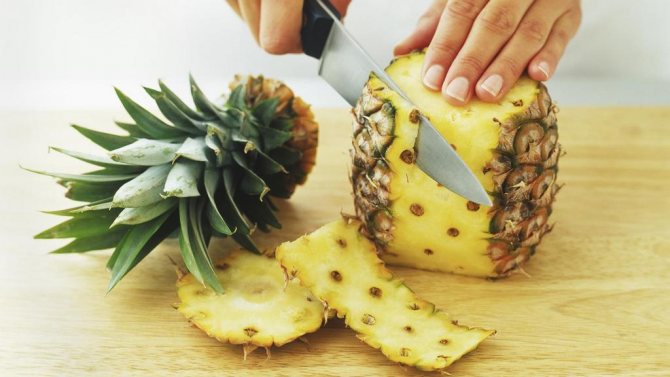

back to menu ↑

